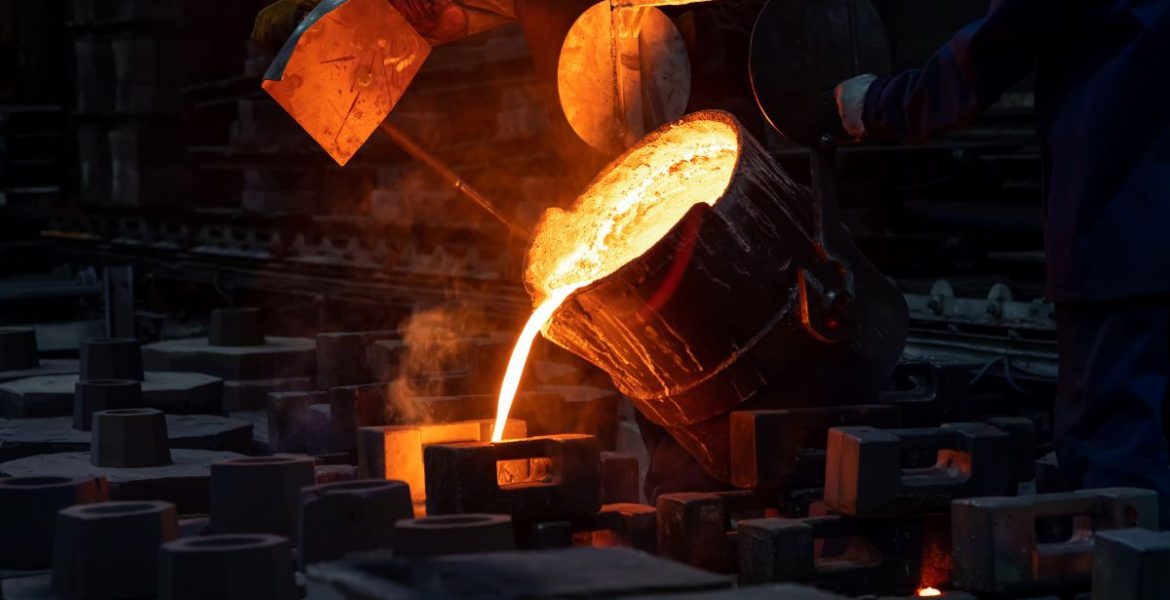The Fascinating World of Hot Plasma: Exploring Its Diverse Applications
Hot plasma, a state of matter achieved by heating gas to extremely high temperatures, undergoes ionization, becoming electrically charged. Often referred to as the fourth state of matter, alongside solids, liquids, and gases, hot plasma holds a unique place in the realm of physics.
Within this state, electrons are stripped from atoms and molecules, leading to a dynamic interaction among positively charged ions and negatively charged electrons through electric and magnetic fields. Hot plasmas manifest in various natural and artificial settings, including the sun, stars, lightning, flames, and specific industrial processes.
The distinctive properties of hot plasmas, such as their electrical conductivity and magnetic field generation, render them invaluable for a myriad of applications across multiple domains. Notably, they find utility in diverse fields like energy, materials processing, and space exploration. For instance, the study of plasma physics plays a pivotal role in designing fusion reactors, which seek to generate energy by emulating the sun’s conditions here on Earth.
The vast potential of hot plasma technology continues to drive scientific inquiry and innovation, propelling us toward exciting breakthroughs and transformative advancements in various industries.
In light of the current global ecosystem, characterized by its reliance on natural materials, energy, and ecology, the demand for cutting-edge metallurgical technologies and equipment is ever more apparent. Here, the utilization of thermal plasma as a concentrated heat source and for chemically active components of processes emerges as a promising solution.
With a focus on sustainability and resource efficiency, thermal plasma offers a versatile and efficient means to address the complex challenges we face. Its capacity to act as a potent heat source and facilitate chemically active processes holds tremendous potential in advancing metallurgical practices. This approach paves the way for the development of novel and environmentally responsible solutions in materials processing, energy generation, and ecological preservation.
By harnessing the power of thermal plasma, we can forge a path towards a more sustainable and responsible future, ensuring the seamless integration of natural resources, energy, and ecological considerations within our global ecosystem. Embracing these innovative technologies not only accelerates progress but also contributes to a healthier and greener planet for generations to come.
Thermal plasma in metallurgy is now evolving in two directions: improving traditional metallurgical technologies and developing mostly new plasma metallurgical technologies. Plasma technologies are typically categorized as smelting and reducing (extracting) processes, based on the breadth of their use.
These methods are distinguished by the fact that the materials are finely powdered and, in most cases, subjected to partial reduction prior to processing. The goal of all of the different plasma units is to provide a quick melting time for the raw material and a good contact (maximum area) between the reducing gas and the melted oxide material using diverse technologies. Plasma reduction technologies are characterized in general based on the kind of heat exchange between the plasma arc and the treated material, as well as the parameters under which the reduction processes are carried out.
Hot plasma has application in metallurgy, hazardous waste elimination, coating methods such as
plasma spraying or chemical vapor deposition (CVD), the production of fine/nano powders, and energy generation. For the past decade, hot plasma technology has also aided in the recovery of value-added metals from slag or ore. However, the mining sector requires more cost-effective and efficient ore and slag concentration technologies, as well as precious metals processing
technology. Consider that gold ore, slag, or other materials have a break-even point (BEP) of at least 0.2 ounces of gold per ton.
Plasma gasification is another method that uses plasma to transform organic materials into synthetic gas and slag. An electric arc plasma torch ionizes the gas and transforms organic material to a synthetic gas, leaving a solid waste. The power is then generated using synthetic gas. Plasma gasification is a cost-effective method of generating electricity from municipal trash or
biomass. Plasma plants, on the other hand, are considered costly and limited in capacity.
Avimetal has successfully developed a cost-effective and compact RF Plasma Gasification System, offering output options ranging from 120 to 360 kW per module. This versatile system allows for parallel installation, enhancing capacity by integrating multiple feeds and torches into a single setup. The turnkey modular design ensures effortless setup, making it an ideal solution for various applications.
Operating as open-bath plasma furnaces, akin to plasma-arc furnaces, they efficiently produce metals and alloys from both natural and waste raw materials, supporting industrial manufacturing processes. Injecting powdered material around the heating surface of the resulting plasma cone, these industrial furnaces spin at a velocity of 50-1500 min around the furnace’s vertical axis, at an angle of 5-15°, with an arc length of 500-750 mm – a well-established technique.
According to recent statistics, in a 1 MW plasma furnace processing powder slimes and slags, specific energy consumption stands at 1300 kWh/t powder, while reducing agent consumption ranges from 90-300 kg, depending on the treated material.
Avimetal’s RF Plasma Gasification System brings a sustainable and efficient approach to materials processing, catering to various industries’ needs with its modular and flexible design.

